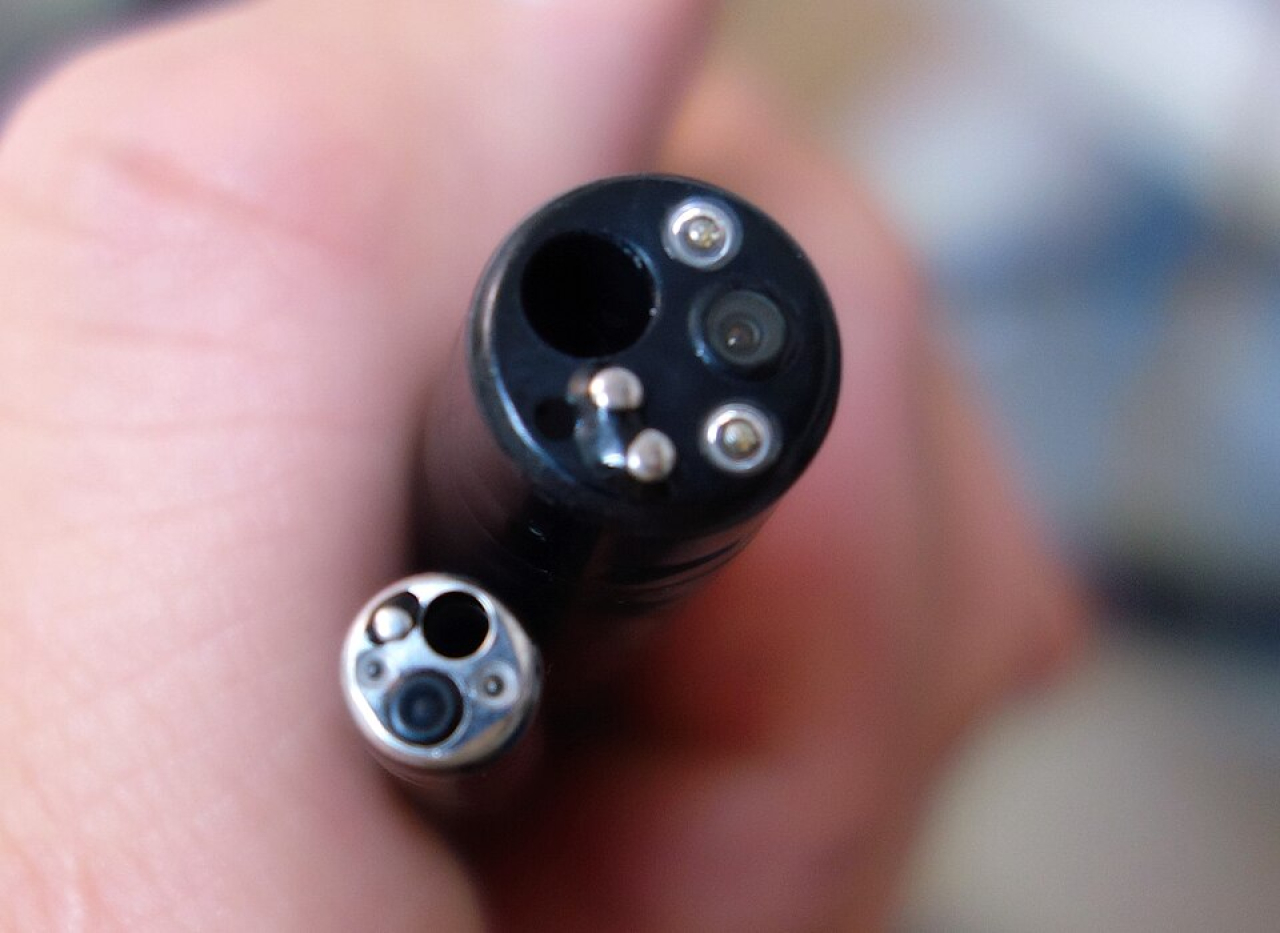Did you know we have a support group?
Your questions and concerns have most likely been asked and answered in our support group. Moderated by our dietitian's, nurses, and staff. We provide you with reliable patient education and resources to help you throughout this life-changing process.
Long-Term Differences Between Bypass and Sleeve Gastrectomy
In a recent editorial written by Dr. Michel Gagner in the Surgery for Obesity and Related Diseases journal by the American Society for Metabolic and Bariatric Surgery (ASMBS), Dr. Gagner illustrated very crucial differences in the short and long-term effects of Roux-en-Y Gastric Bypass (RYGB) and laparoscopic sleeve gastrectomy (SG).
What is a Laparoscopic Roux-en-Y Gastric Bypass?
In an RYGB procedure, a small gastric pouch is created near the lower end of the esophagus, and the intestine is cut in two. The roux limb is attached to the gastric pouch, and the biliopancreatic limb is attached to the Roux limb. The digestive juices from the excluded stomach and Bilio-Pancreatic limb flow into the Roux limb, which keeps digestion and ingestion further down the intestinal pathway.
What is a Laparoscopic Sleeve Gastrectomy?
An SG procedure reduces the stomach volume by removing 60–85% of the stomach and shaping the remaining part like a sleeve. It is a minimally invasive procedure that involves very precise and small incisions into which narrow surgical instruments are placed to perform the procedure. An SG procedure helps patients lose weight by making them feel fuller faster while reducing hunger-related hormone production.
Readmission Rates of Both Surgeries
After comparing the results of several studies conducted in Sweden and the United States, Dr. Gagner has illustrated that readmission rates are generally higher in RYGB patients. According to one Massachusetts study, common reasons for hospitalization after RYGB surgeries were cholecystectomies (5.2%), adhesions/obstructions (17.6 %) internal hernias (15.7 %) ulcers (3.7%) and intussusceptions (2.8%). Patients who underwent sleeve gastrectomies had a much lower rate of reoperations compared to RYGB patients.
In terms of short-term admission rates, a Swedish study found that 4.9% of RYGB patients were hospitalized within 30 days, compared to 2.8% in SG patients. Some causes for short-term hospitalization in these patients were nausea, vomiting, nutritional depletion, abdominal pain, and bleeding.
As Dr. Gagner noticed in his article, several measures can be taken to reduce this long-term risks in bariatric patients, such as using a longer period of proton-pump inhibitors (PPI), and creating a smaller gastric pouch to decrease the incidence of ulcers.
Discuss Your Concerns With Your Doctor
Whether you’re on the waitlist for your RYGB or SG surgery or you’d like more information about the benefits and side effects of weight-loss surgery, Clinique Michel Gagner is here to answer your questions. Contact us today or get started on your patient questionnaire.


